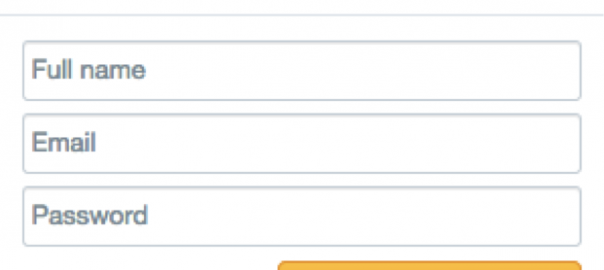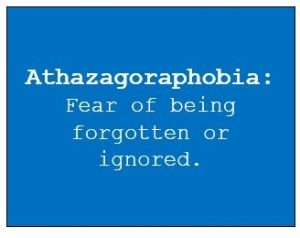When professional services marketers set out to create calls-to-action, they often design according to a vague sense of what looks good, feels right, or lines up with some received wisdom about best practices.
But today, professional services marketing is more science than art – and along with the rest of the field, the most successful calls-to-action (or CTAs) are shaped by leading behavioral science. What’s more, we can scientifically analyze calls-to-action, track their success in encouraging user action, and refine them to be as effective as possible.
So what makes for the best, most persuasive online offers? For the answers, let’s dive into the psychology of CTAs.
What is a call-to-action?
First, it’s useful for us to define our terms. What exactly do we mean by a call-to-action?
At its most basic, a call-to-action is a combination of copy and design elements intended to encourage a given action on the part of your audience. You’ve seen CTAs all across the web, often in the form of buttons. Take a look at Twitter’s “Sign up for Twitter” CTA:

A CTA helps the user answer the question, “What do I do next?” So it should come as no surprise that the science of human behavior determines successful call-to-action design. Behind the art of the CTA is the science of decision-making.
The science of decision-making
While we may think of ourselves as uniformly rational creatures, the fact is that human beings often make decisions rooted in our “lizard brain” – responses based in the amygdala, a region of the brain largely responsible for fear, emotions, and impulsive actions. Often, what we view as a purely rational decision is either overridden or quietly informed by emotional exertions of the amygdala.
What does this mean in practice? For starters, it means that our choices are often shaped by factors external or arbitrary to the matter at hand. Research by Dan Ariely, Duke University professor and author of Predictably Irrational, showcases this phenomenon – and its implications for buying decisions – clearly.
A few years ago, Ariely encountered three side-by-side subscription offers on the website for The Economist magazine. Buyers could:
- Subscribe to the web edition for $ 59.00
- Subscribe to the print edition for $ 125.00
- Subscribe to both the web and print edition for $ 125.00
He decided to run an experiment, asking a sample of 100 students to select a plan. Unsurprisingly, no one chose a print-only plan.
16% of the respondents chose the web-only subscription, and 84% selected the combined web and print subscription.
Next, Ariely removed the seemingly nonsensical print-only offer from the lineup. This time, the distribution of choices flipped:
- 68% of respondents chose the web-only subscription
- 32% selected the web and print subscription
What happened? With the print-only deal that no one actually wanted in the mix, providing a new reference point for the decision, the web and print combination seemed like an exceptional deal. Without it, the perception of the respective offerings shifted.
The presence of the print-only deal didn’t actually change the price point or value proposition of the other two subscriptions. But it radically altered the way buyers made decisions. In short, context matters – and this same principle is at work in online calls-to-action.
Context and emotion in calls-to-action
Let’s put the pieces together. When someone encounters a CTA online, their reactions are going to be informed by their “lizard brain.” Depending on the action you’re trying to prompt, they might be anxious about a prospective purchasing decision or curious to learn more about a content offer.
As you design your CTAs, it’s important to manage their context – and aesthetic details that might initially seem incidental – to encourage the desired response. By controlling the context, you can achieve your marketing goals with greater and greater success, especially as you experiment with those contextual details and refine your CTAs.
What do those details look like? How precisely can you craft and fine-tune your CTAs? Stay tuned for the second post on this topic where we’ll show you how to do just that.
In the mean time, download our free Online Marketing Book for Professional Services to learn more.
(197)








